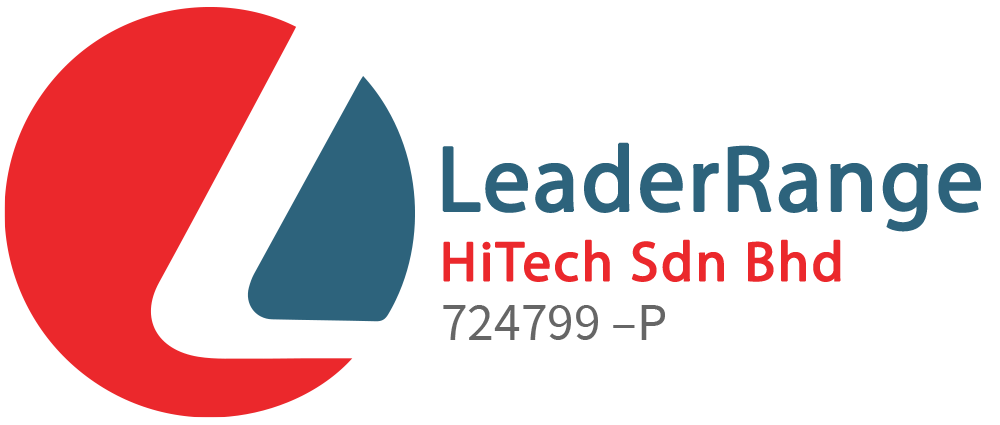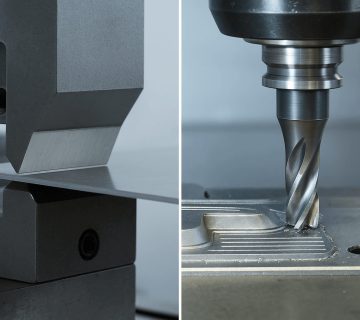When selecting between Ejector Needles and Vacuum Pick-Up Tools for semiconductor handling, efficiency depends on several key factors, including precision, speed, compatibility, risk of damage, and maintenance costs. Below, we break down how these tools compare in each category to help manufacturers determine the most suitable option for their specific needs.
1. Precision & Accuracy
Ejector Needles: High-Precision for Micro-Sized Components
Ejector needles are designed for extreme precision, making them ideal for microelectronic applications where controlled force is required. Since these needles physically push the semiconductor die or wafer from beneath, they provide exact positioning without relying on suction adhesion.
✔ Best for small, delicate, and non-porous components.
✔ Ensures highly controlled force application for sensitive parts.
✔ Less effective for larger or smooth-surfaced components where suction is more reliable.
Vacuum Pick-Up Tools: Reliable for General Handling
Vacuum pick-up tools use suction force to grip and transport semiconductor components. They are well-suited for larger, smooth, and uniform surfaces, where even air pressure ensures a stable grip.
✔ Ideal for flat, lightweight, and smooth components like wafers.
✔ Works well in high-speed automated assembly lines.
✔ Less precise for micro-sized or irregularly shaped components.
📌 Conclusion: Ejector needles win in precision-based applications, while vacuum pick-up tools are better for general handling with flat and lightweight components.
2. Speed & Throughput
Ejector Needles: More Time-Consuming for Precision Work
Since ejector needles require mechanical contact, alignment is crucial before activating the force. This makes them slightly slower compared to vacuum pick-up tools, especially in high-speed semiconductor production lines.
✔ Works best in applications where precision outweighs speed.
✔ May slow down batch processing if alignment issues arise.
Vacuum Pick-Up Tools: Faster for High-Volume Production
Vacuum pick-up tools are significantly faster as they can quickly attach and release components through suction-based handling. This makes them ideal for mass production where thousands of semiconductor parts need to be transferred in rapid succession.
✔ Works efficiently in fully automated assembly lines.
✔ High-speed operation with minimal alignment delays.
✔ May struggle in non-porous or irregular surfaces where suction is weak.
📌 Conclusion: Vacuum pick-up tools are more efficient for high-speed, high-volume production, while ejector needles are preferred for delicate, precision-sensitive handling.
3. Component Compatibility
Ejector Needles: Best for Small & Fragile Components
Due to their precise contact-based lifting mechanism, ejector needles are highly compatible with non-porous, fragile, and static-sensitive semiconductor components. They are commonly used in die bonding, microchip testing, and wafer-level handling.
✔ Handles small, static-sensitive, or delicate materials.
✔ More effective for components with irregular or rough surfaces.
✔ Less effective for larger, flat-surfaced components.
Vacuum Pick-Up Tools: Best for Flat & Lightweight Materials
Vacuum pick-up tools work best with smooth, flat, and lightweight semiconductor components, such as wafers, chip packaging, and circuit boards. However, they struggle with materials that have uneven or porous surfaces, where suction force may be weaker.
✔ Ideal for uniform, smooth, and lightweight semiconductor parts.
✔ Less effective for sticky, rough, or irregularly shaped components.
📌 Conclusion: Ejector needles work better for delicate, non-porous materials, while vacuum pick-up tools handle smooth, flat components efficiently.
4. Risk of Component Damage
Ejector Needles: Potential for Mechanical Stress
Since ejector needles apply physical force to push semiconductor dies or wafers, improper alignment can result in chipping, cracking, or breakage of delicate components. This makes precise force calibration essential to minimize damage.
✔ Risk of mechanical stress or cracking if force is too strong.
✔ Requires precise alignment to prevent unintended force distribution.
✔ Suitable for components that cannot be picked up with suction.
Vacuum Pick-Up Tools: Lower Risk, But Not Perfect
Vacuum pick-up tools are generally safer for delicate components since they rely on air pressure rather than direct mechanical contact. However, if suction is too strong or inconsistent, it can cause misalignment or accidental drops.
✔ Lower risk of damage compared to mechanical handling.
✔ Not effective for rough or sticky surfaces, where suction may be inconsistent.
✔ Proper maintenance of suction tips is crucial to prevent pressure imbalances.
📌 Conclusion: Vacuum pick-up tools are generally safer but may fail to grip certain materials, while ejector needles require careful calibration to prevent stress damage.
5. Maintenance & Operational Costs
Ejector Needles: Require Calibration & Wear Monitoring
Ejector needles must be precisely calibrated to apply the correct force. Over time, mechanical wear can reduce accuracy, requiring routine inspections and replacements.
✔ Requires calibration and force adjustment for precision.
✔ Needle tips may wear out, requiring periodic replacement.
✔ Higher cost for specialized needle designs.
Vacuum Pick-Up Tools: Regular Upkeep of Suction Components
Vacuum pick-up tools require routine maintenance of the suction pump and nozzles. Contaminants like dust and debris can clog the vacuum system, leading to weaker suction force and potential failures.
✔ Requires cleaning of suction nozzles to maintain efficiency.
✔ Potential vacuum pump maintenance or replacement over time.
✔ Generally lower maintenance costs compared to mechanical ejector needles.
📌 Conclusion: Ejector needles require precise calibration and occasional replacements, while vacuum pick-up tools need suction system maintenance but have lower wear-and-tear costs.
Final Verdict: Which One is More Efficient?
Both ejector needles and vacuum pick-up tools have distinct advantages depending on the type of semiconductor components being handled.
-
Use Ejector Needles for:
✔ Small, fragile, and static-sensitive components.
✔ Micro-scale precision applications (e.g., die bonding, wafer handling).
✔ Materials that do not adhere well to vacuum suction. -
Use Vacuum Pick-Up Tools for:
✔ High-speed, large-volume production environments.
✔ Flat, lightweight, and smooth-surfaced semiconductor components.
✔ Automated assembly lines with minimal precision handling needs.
📌 Conclusion: Ejector needles offer greater precision but require careful handling, while vacuum pick-up tools excel in speed and automation but are less effective for irregularly shaped materials. Choosing the right tool depends on your manufacturing priorities and the type of semiconductor components you handle.

